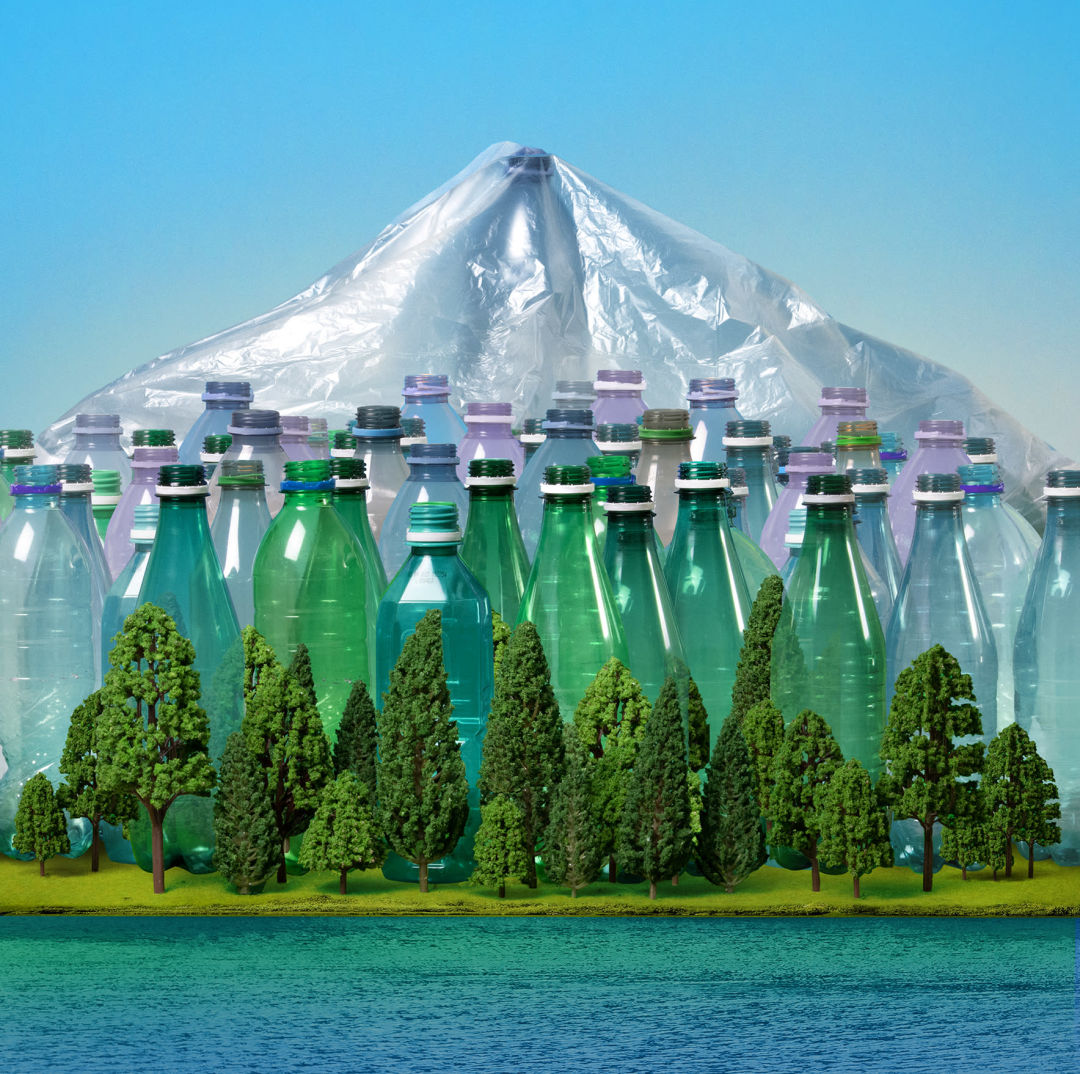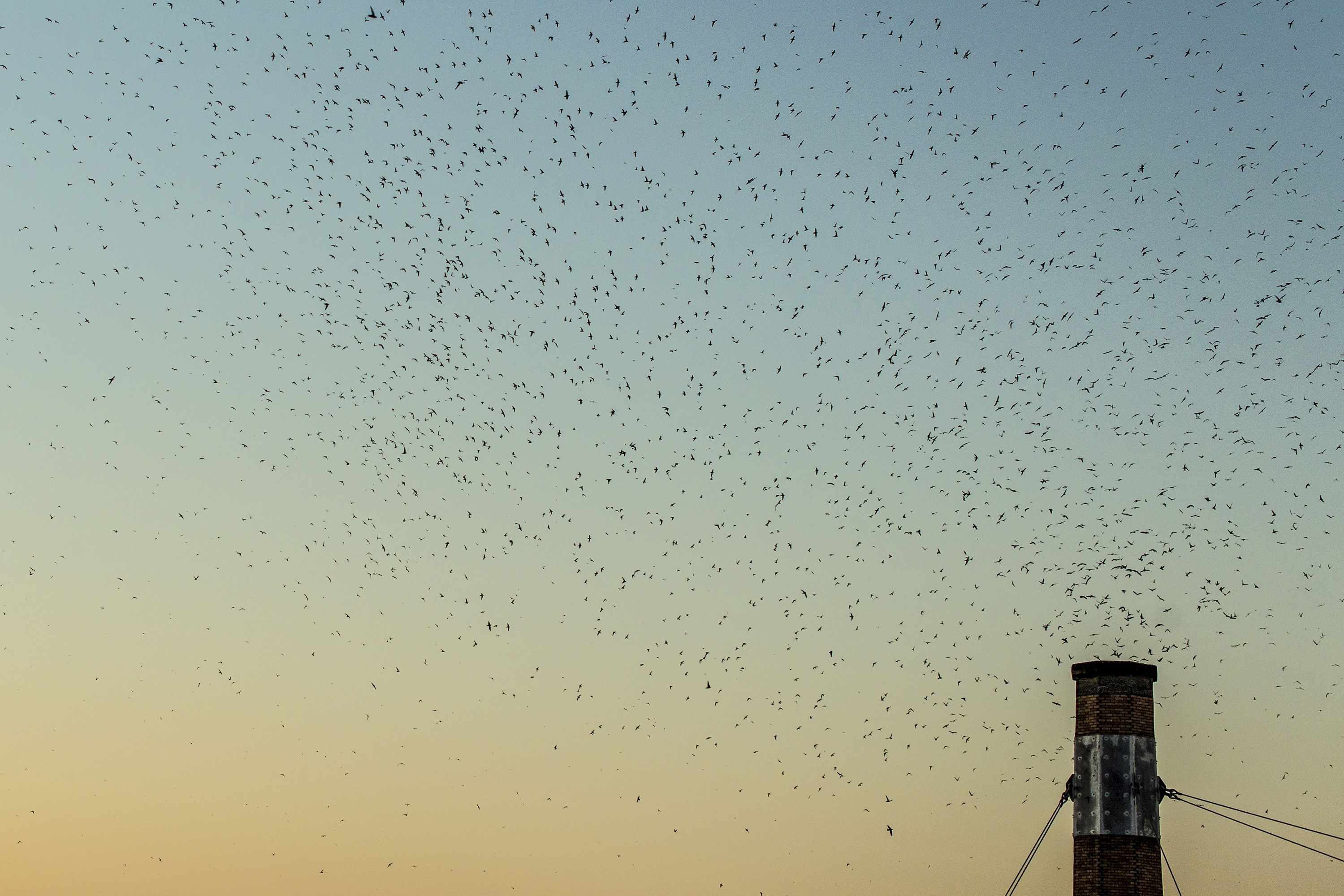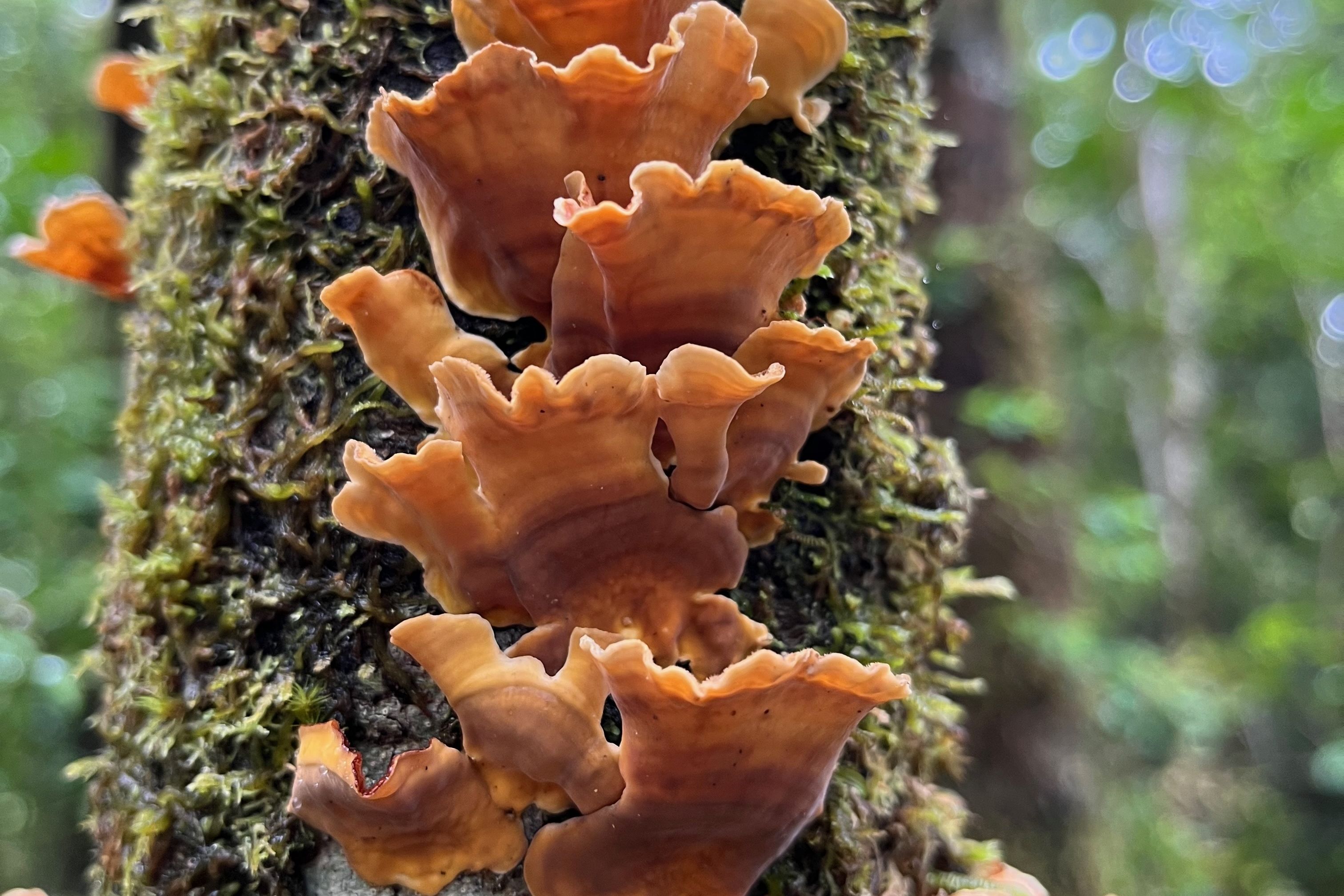Is Recycling Plastic Actually Useless?

Image: doug chayka
Anyone who has dutifully scrubbed and sorted their mayonnaise jars and milk jugs might be shocked by the conclusion drawn in the Center for Climate Integrity’s February report on plastic recycling: it’s largely futile.
The organization, which advocates for accountability in the oil and gas industry, documented decades of evidence that petrochemical companies knew most plastics can’t be broken down and made into new objects; it’s technically infeasible and prohibitively costly. Yet, those brands mounted campaigns promoting plastics recycling as a fix to the mounting waste crisis. Those efforts, the authors state, kept the public buying plastic products with the belief that they’re not contributing to the problem so long as they rinse, return for reprocessing, and repeat. Even then, the US recycling rate for plastic sits at a mere 5 to 6 percent.
Despite the gloom, many of those containers you’ve been conscientiously cleaning and placing at the curb for pickup are getting repurposed. For instance, Far West Recycling processes about 12,000 tons of material at its Northeast Portland and Hillsboro sorting facilities each month. Flattened packages of soap, sports drinks, and peanut butter are bundled by type—polyethylene terephthalate and high-density polyethylene—since these are products that have end markets, which isn’t the case for every plastic.
“There are some things that have good, solid homes,” says Vinod Singh, Far West’s outreach manager. “Milk jugs have a consistent market that consumes them and makes them into another product.”
None of CCI’s investigation seems to have deterred visitors to the Cedar Hills New Seasons, where we went one recent Wednesday and found a steady stream of people, with bags and boxes of containers that once held everything from butter lettuce to eggs to berries, making their way to a collection of recycling bins to deposit clamshells, grocery bags, and bubble wrap. It’s not a bottle drop, where some containers can be redeemed for cash. Pretty much every person there had two things in common: a sense of moral culpability as motivation and a lack of knowledge about the final destination.
“I feel guilty putting this in a landfill because it doesn’t break down,” said Beaverton resident Summer Teeny, who was bringing back the plastic that had encased paper towels and flats of bottled water. “If it can be recycled—and I hope that it is recycled…I don’t know that it is.”
Anne Sigrum, who lives in North Bethany, hauls in full bags every two weeks. She’s also unsure what the retailer does with the detritus, but trusts it’s being dealt with responsibly.
“I don’t know where this plastic goes,” she says. “I’m optimistic that it actually gets recycled and doesn’t just end up in the floating garbage patch in the Pacific Ocean. If I bring it here, it has a better chance of being recycled.”
On that front, and despite that CCI report, Sigrum is correct. Since rolling out the bins at its stores in April 2022, New Seasons has recycled 241,00 pounds of polyethylene terephthalate (PET)—approximately 26 million clear boxes and bowls.
The program is the result of years of strategizing about ways to make the company’s packaging more sustainable. The Portland-based grocery chain worked with D6 Inc., a global designer and manufacturer of food-grade receptacles with a Northeast Portland facility, to alter the size of its grab-and-go containers so that less plastic was needed; the tear-tab opener was replaced with a button.
Those packages become the feedstock for future containers that wind up back on store shelves. The plastic is converted into clean-wash flake and then melted down at facilities in California (managed by a recycling company that’s based in Vancouver, Washington) so that it can once again be used to transport deli salads. Plastic film goes to a Trex facility in Nevada to become part of that company’s composite decking. Customers can bring clear, #1 PET clamshells from other outlets.
“We want people to use our program,” explains Athena Petty, New Seasons’ senior manager of sustainability. “We want to reduce waste across the entire community, not just from our stores.”
The grocer gets at least 50 percent more drop-offs than it originally estimated. During our visit, David Anton was well into one of his busiest shifts of the week, Wisdom Wednesday, when customers 65 years and up get discounts. One of Anton’s tasks is emptying the recycling bins, which he says the senior shoppers fill quickly. He’ll take full bags to the baler at least eight to 10 times while he’s on the clock. “My coworker just said he did this like a half-hour ago, and it’s already full,” Anton said. At one point, he stops a woman from tossing six-pack plastic rings in the film canister. “We don’t take those things,” he tells her. “Oh, those things? Oh, darn,” the woman replies.
Fishing out the wrong plastics is also part of the job. Recycling, it seems, is just as onerous for the customer as it is for the producers. New Seasons tries to help from both sides of the equation, Petty says, by reducing its environmental footprint as well as the more humbling chore of picking out items that are “wish-cycled.”
“I think people in Portland are confused about recycling, because it is super confusing,” says Petty. “There are a lot of people who are trying to do the right thing.”




